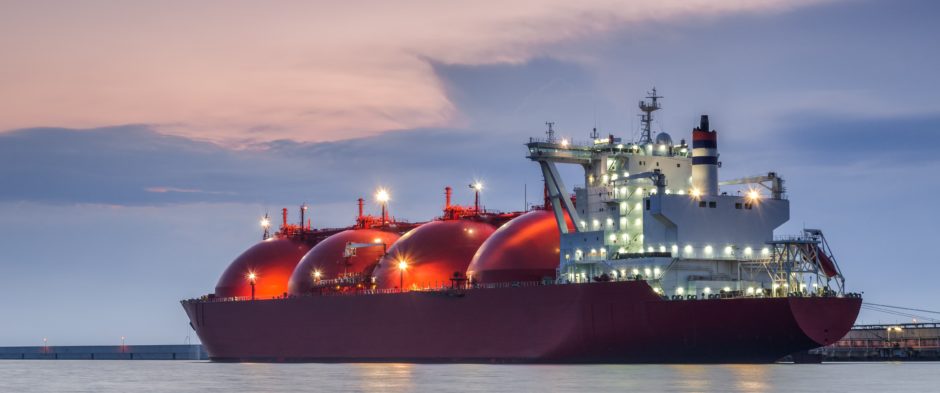
Carbon capture and storage (CCS) could have a “material impact” on the carbon emissions of liquefied natural gas (LNG) projects, according to analysts.
Wood Mackenzie says that, depending on the strategy adopted, more than 25% of overall carbon emissions from LNG developments could be removed.
In step with global decarbonisation efforts, LNG players are under increasing pressure to take steps to cut their emissions.
The sector is “one of the most emissions-intensive upstream resource themes”, Wood Mackenzie said.
Daniel Toleman, Wood Mackenzie senior analyst, said: “Around 40% of the total scope 1 and 2 LNG emissions are from the process of gas liquefaction. That said, not all LNG projects are created equal from an emissions perspective. Each plant has a unique emissions profile and hence the best way to reduce the carbon footprint of an Arctic LNG plant may vary significantly from one in Qatar or Australia.
“The main options for reducing LNG emissions include CCS, carbon offsets, methane leakage reduction, electrification, and the use of renewables and batteries. CCS can have a material impact on reducing emissions of LNG projects. Depending on the CCS strategy adopted, we estimate that more than 25% of carbon emissions can be removed.
“The good news is that LNG players are well placed to lead the CCS charge, with strong balance sheets, operational capability and reservoir expertise. There are also economic incentives for pursuing CCS as reducing emissions mitigates against a carbon tax, helps future-proof the asset and can offer pricing upside.”
There are two main approaches to deploying CCS at LNG projects; capturing CO2 from the reservoir and capturing post-combustion emissions.
Approach one delivers “significant cost advantages” by using an acid gas removal unit (AGRU) to bag emissions.
Wood Mackenzie said reservoir CCS can reduce the overall intensity of LNG projects by 25%, and in some cases up to 50%.
In contrast, the second approach, post-combustion CCS, involves capturing emissions from the LNG flue gas stream.
The process is more expensive than reservoir CCS but it does deliver cost benefits, due to design and location synergies.
Tax credits or other policy incentives may also help improve the economics of post-combustion CCS, Wood Mackenzie said.
Toleman said: “CCS will play a significant role in reducing emissions from LNG projects as long as country-specific legislation progresses, and costs can be brought down. Low-cost reservoir CCS projects are likely to be the first to move ahead. Look out for projects in Qatar, Australia, Malaysia and Timor Leste. LNG players in the US, who benefit from the 45Q tax credit, will likely be the first LNG players to take post-combustion CCS forward.”
Recommended for you

